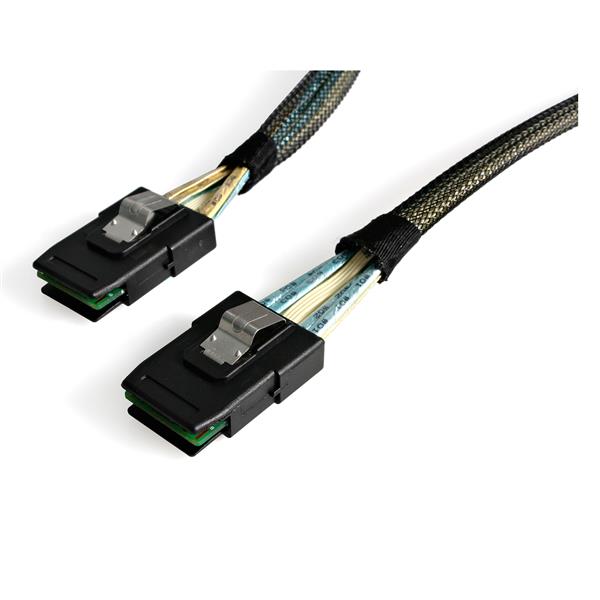
 1. Get the latest VBOOT version and install it. Do not forget that it does not support UEFI (only BIOS or legacy mode!).
1. Get the latest VBOOT version and install it. Do not forget that it does not support UEFI (only BIOS or legacy mode!).
R3 VMLiteUSB;VMLite USB;c: windows system32 Drivers VMLiteUSB.sys 2010-20 R3 WatAdminSvc;Windows Activation Technologies Service;c: windows system32 Wat WatAdminSvc.exe 2011-736 R3 WDCSAM;WD SCSI Pass Thru driver;c: windows system32 DRIVERS wdcsam64.sys 2009-4. Download Adaptec SCSI RAID Controller for Windows to sCSIAdapter driver.
http://www.vmlite.com/vboot/instructions.html#install2. Install Longhorn on VM (onto VHD or VMDK).
3. Create an archive with 'tools/x86' or 'tools/amd64' (if you installed 32-bit or 64-bit Longhorn).
4. Transfer the archive into the guest OS and extract it.
5. Go to folder with extracted files and select vbootctl.exe.
 6. Open properties and set compatibility to 'Windows XP'. Also check 'Run as administrator'.
6. Open properties and set compatibility to 'Windows XP'. Also check 'Run as administrator'.7. Open command prompt and type 'vbootctl prepare current'. 'VMLite Boot HBA' should now appear in the device manager. If that does not work for some reason then install this driver with 'Install legacy device' or 'Add new hardware wizard' (select vbootmp.inf).
8. Disable your network and audio cards via the device manager, then install default VGA driver. Do not install any new devices inside virtual machine, if system will detect them. Also disable SCSI controllers except 'VMLite Boot HBA'.
9. Replace all hardware-specific drivers with standard ones. For example, if you see something like 'Intel 82371AB/EB PCI to ISA bridge', you have to click 'Update Driver' and then manually choose 'PCI standard ISA bridge'. Repeat this operation for other drivers, including IDE controller, otherwise you will get 0x7B on boot.
10. The next step is different for pre-reset and post-reset builds. If you have PS/2 keyboard and mouse or do not need USB go to the paragraph 11.
10.1. Pre-reset (3683-4093, maybe 5048 too)
Drivers Vmlite Scsi & Raid Devices Download
Download the ISO then mount it. Run both critical.reg and usbsupp.reg in the guest OS.Drivers Vmlite Scsi & Raid Devices Usb
http://sbornik-obrazov-dlya-bochs-i-qem ... sbsupp.iso10.2 Post-reset (everything from the build 5112)

Create a new text file with the following contents, then rename it into .reg and double click.11. Remove the timebomb in the guest OS using modified winlogon and tweaknt.exe (you need AntiWPA for post-reset builds except 5048 and maybe 5112). If you do not do that you will have to set your PC BIOS date back before booting.
12. Copy your virtual disk to C: and then open C:vbootgrubgrub.cfg. Edit it according to your current partition/disk number and VHD/VMDK filename. Example:
Code: Select all
13. Reboot your PC and go to BIOS. Make sure that your SATA controller mode is set to IDE, not AHCI. Save new settings and shut down your PC.14. Turn your PC on and select VBoot. A grub-like bootloader will start. You can now select the menu entry which you created previously.
15. Wait and pray that you will not get BSOD . When the system boots to desktop, install all the detected hardware.
Tips:
1. After you finish playing with Longhorn, switch SATA mode back to AHCI in order to boot into your main system.
2. If Longhorn hangs or restarts before the loading screen without BSOD, it means problem with the HAL. Go back to your virtual machine, boot Longhorn here and select 'Standard PC' instead of 'ACPI Uniprocessor PC'. Then shut down and try again via VBOOT.
P.S. You can also modify Longhorn's boot.ini as follows:halstnd.dll is 'Standard PC'
halacpi.dll is 'ACPI PC'
Drivers Vmlite Scsi & Raid Devices For Sale
halaacpi.dll is 'ACPI Uniprocessor PC'Drivers Vmlite Scsi & Raid Devices List
halmacpi.dll is 'ACPI Multiprocessor PC'.

Comments are closed.